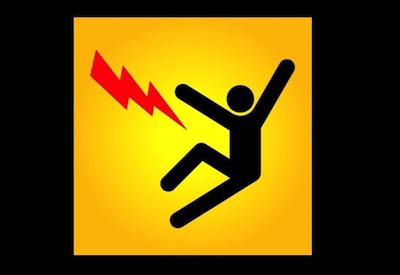Electrical Shock to Worker Results in $80,000 Fine

July 16, 2018
On March 31, 2015, two mobile maintenance technicians were tasked with changing a ballast in a Sault Ste Marie cafeteria. The task had been brought to their attention by work order issued by their employer stating that a light was out in the area. The employer is a company that provides property management services.
After receiving the work order, the technicians went to the electrical room to lock out power to the electrical equipment in the area. Believing they had successfully locked out the power, the technicians returned to the cafeteria to change the ballast.
Once at the cafeteria, one of the technicians climbed up a ladder to get to the ballast, which was located in the ceiling. While trying to change the ballast, the technician received an electrical shock and was taken to Sault Area Hospital for treatment of critical injuries.
The employer was found to have violated
• Section 25(2)(a) of the Occupational Health and Safety Act, which requires that an employer provide information, instruction and supervision to a worker to protect the health or safety of the worker.
• Section 25(1)(c) of the act, which requires an employer to ensure that the prescribed measures and procedures are complied with. Section 42(1) of the Ontario Regulation 851(Industrial Establishments) prescribes that the power supply to electrical installations, equipment or conductors shall be disconnected, locked out of service and tagged before any work is done, and while it is being done, on or near live exposed parts of the installations, equipment or conductors.
The company was fined $80,000 plus a 25% victim surcharge.

















